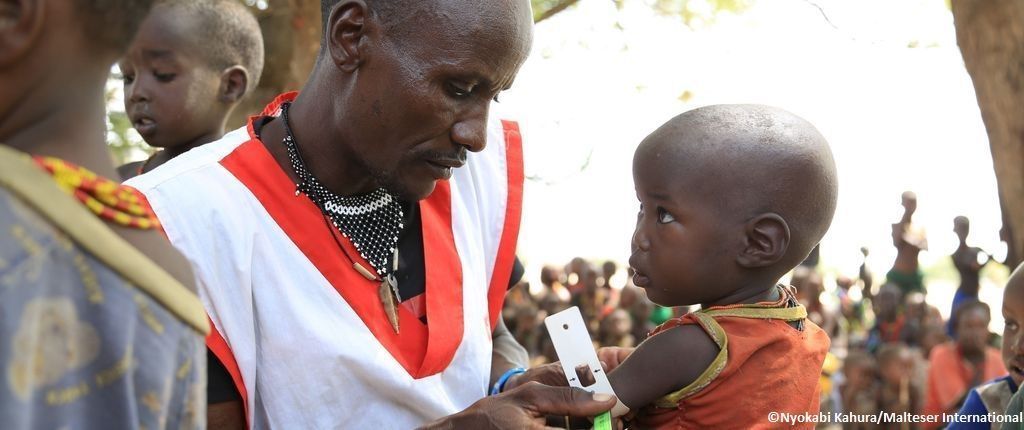
Drought relief in Kenya
In September 2021, the Kenyan government declared the drought in the northern parts of the country a national disaster. Some 36.1 million people in the Horn of Africa are already dependent on external aid (as of September 2022). The country is now so parched that many people have lost their livestock and no longer know how to feed themselves and their families. The number of lost livestock now totals about 2.4 million animals in Kenya alone. As of August 2022, the number of people in need of assistance has continued to grow. About 4-5 million people are already in need of humanitarian assistance to survive. Acute malnutrition data revealed that nearly one million children under five and 134,270 pregnant and lactating mothers are already acutely malnourished and in need of support. An end to the disaster is not yet in sight.
Together with our partner PACIDA, we are providing emergency relief in the affected area. By distributing cash, we are ensuring that families in need are supplied with food. We are also providing clean drinking water in regions where wells have already dried up.
In Marsabit County, northern Kenya, on the border with Ethiopia, lies the district of Illeret. In the past year and a half, this region has received far less rain than it used to. There have been recurrent droughts in the past decades. However, the time between extreme droughts is getting shorter and shorter, making it difficult for people and animals to recover from the crises. These natural disasters are the effects of climate change, and in northern Kenya they affect people whose living conditions have contributed little to global warming.
The semi-nomads living in northern Kenya are losing their livelihoods due to the ongoing drought. They depend on livestock to provide for the livelihood of their families. Many wells are empty, hardly any grass grows, the cattle starve, goats and cows give only a small amount of milk. Many animals have already died or are already so far emaciated that they can no longer be sold.
Children are also currently affected by the food shortage. More than half of all children under the age of 5 are currently considered malnourished in this region. This malnutrition has long-term effects on the children's development, their ability to learn, and thus on Kenya's development.
By distributing cash, we ensure the supply of food to needy families and at the same time strengthen local markets where people can buy food and livestock feed. By providing drinking water in tank trucks, we ensure the survival of people and animals in regions where wells have already dried up.
-
Emergency supply of clean drinking water
-
Desalination of extracted well water
-
Repair and rehabilitation of existing wells
-
Cash distribution to families in need
-
Distribution of livestock feed and medicines
-
Food aid in areas where markets are failing
-
Distribution of additional high-calorie food for pregnant women and children
Country info
Capital: Nairobi
Area: 582,650 km²
Population: approx. 53.8 million
Project data
Financing: German Federal Foreign Office, donations
Partner: PACIDA








